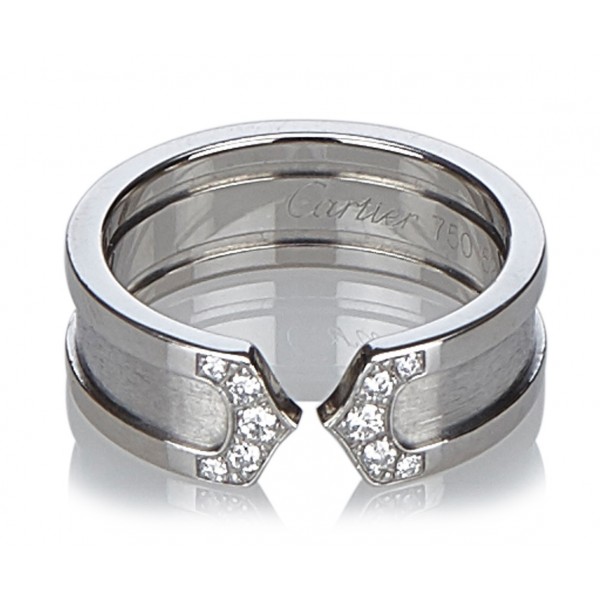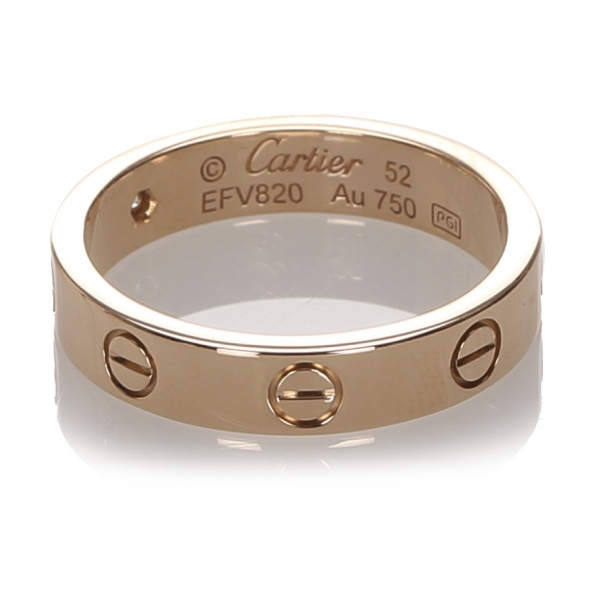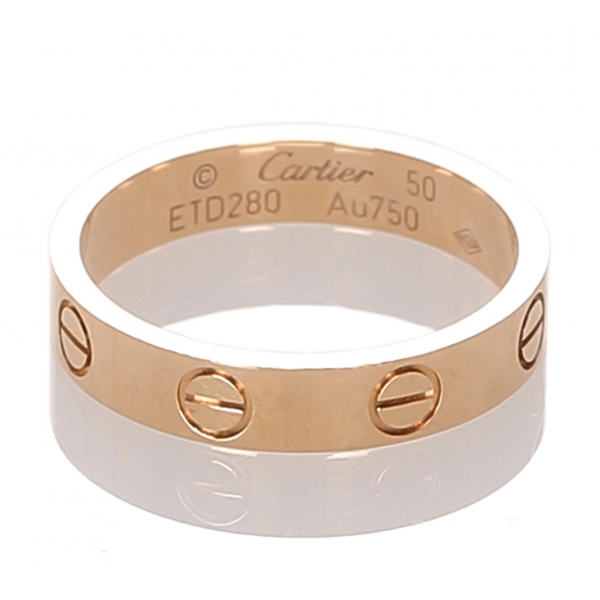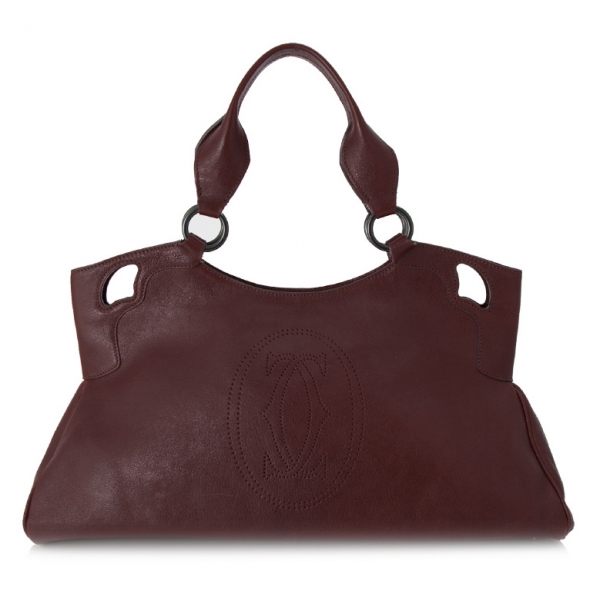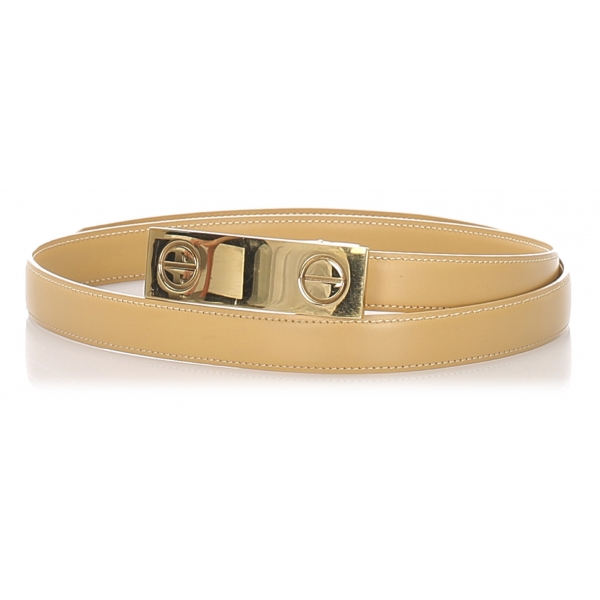No products
Categories
- Fashion Accessories
- Clothing
- Beauty & Lifestyle
-
Hi-Tech & Lifestyle
- Gaming
-
Case
- iPhone 11 Pro
- iPhone 11 Pro Max
- iPhone 11
- iPhone X / XS
- iPhone XS Max
- Samsung S10 / S10+ / S10e
- Huawei P30 / P30 Pro / P30 Lite
- Huawei P20 / P20 Pro / P20 Lite
- iPhone XR
- Samsung S9
- Samsung S9+
- iPhone 8 / 7
- iPhone 8 Plus / 7 Plus
- Samsung S8
- Samsung S8+
- Samsung S7
- Samsung S7 Edge
- iPhone 6 / 6 s
- iPhone 6 Plus / 6 s Plus
- iPhone 5 / SE
- Skin
- Audio
- Smart Home
- Drones & Hoverboard
- Photo & Video
- Desk Supplies
- Accessories
- Games
- Beverages
- Food
- Home
- Jewelry
- Luxury
- Travel
- Art
- Footwear
- Vintage Fashion
- Restaurants
- Sport
- Animals
- Gift Ideas
- Kidswear
Extra
Cartier Vintage
Jeweler of The Kings, King of Jewelers

History


Taking over his master’s workshop, Louis-François Cartier founded Cartier in 1847.

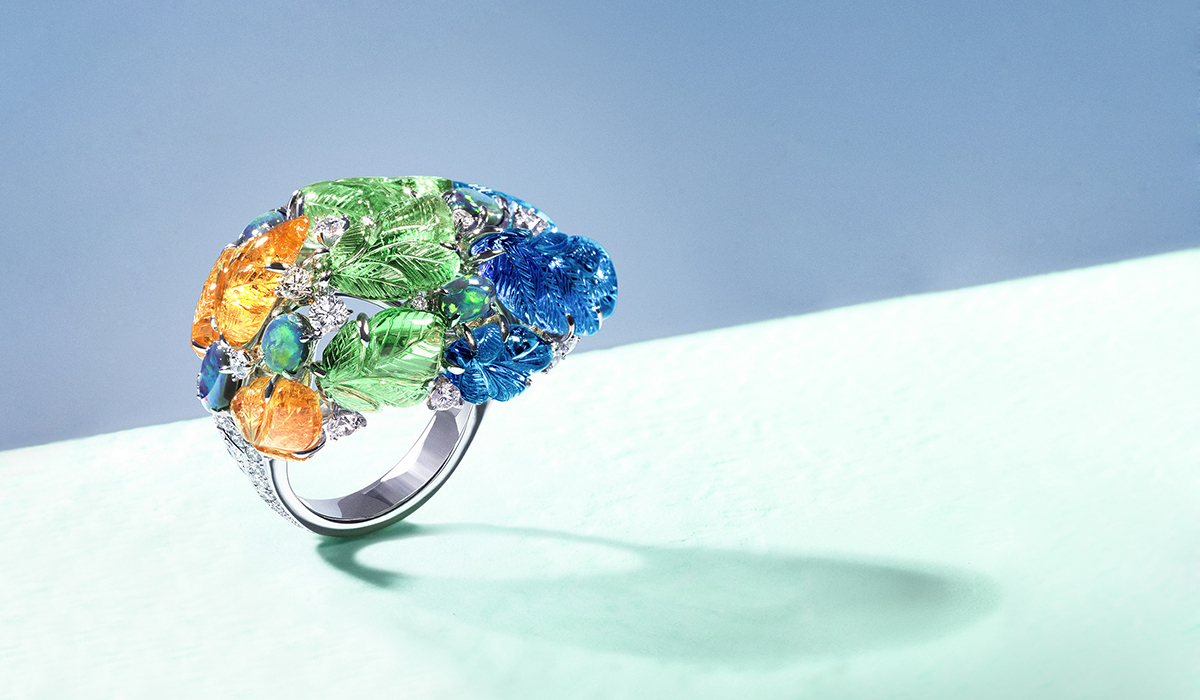
With the rise of the Second Empire, Cartier’s business grew over a decade, with the opening of the first Cartier boutique in 1859.


Louis-François’ son Alfred then took over the business, moving it to the prestigious rue de la Paix in the jewellery district of Paris. Alfred’s own sons expanded the Cartier brand overseas, to London and New York.
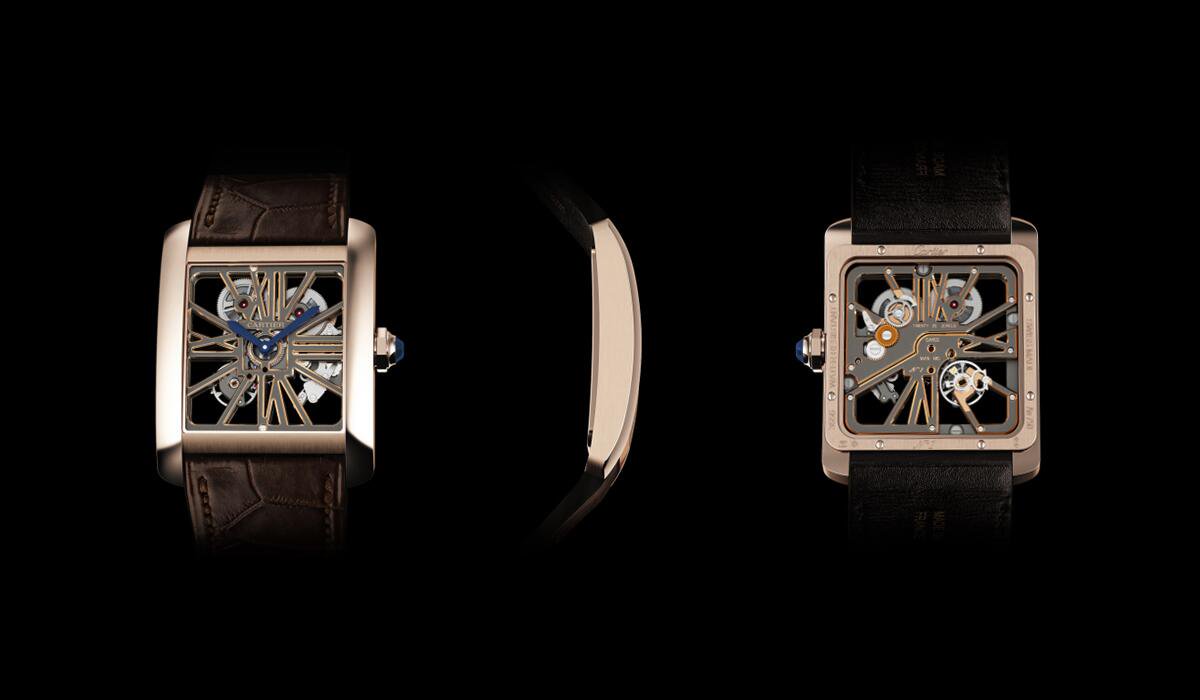

Alfred’s third son remained behind in Paris to continue the growth of Cartier at home. His revolutionary ideas, such as using platinum in jewellery, earned Cartier the title of ‘Jeweller of Kings, King of Jewellers’ from King Edward VII.
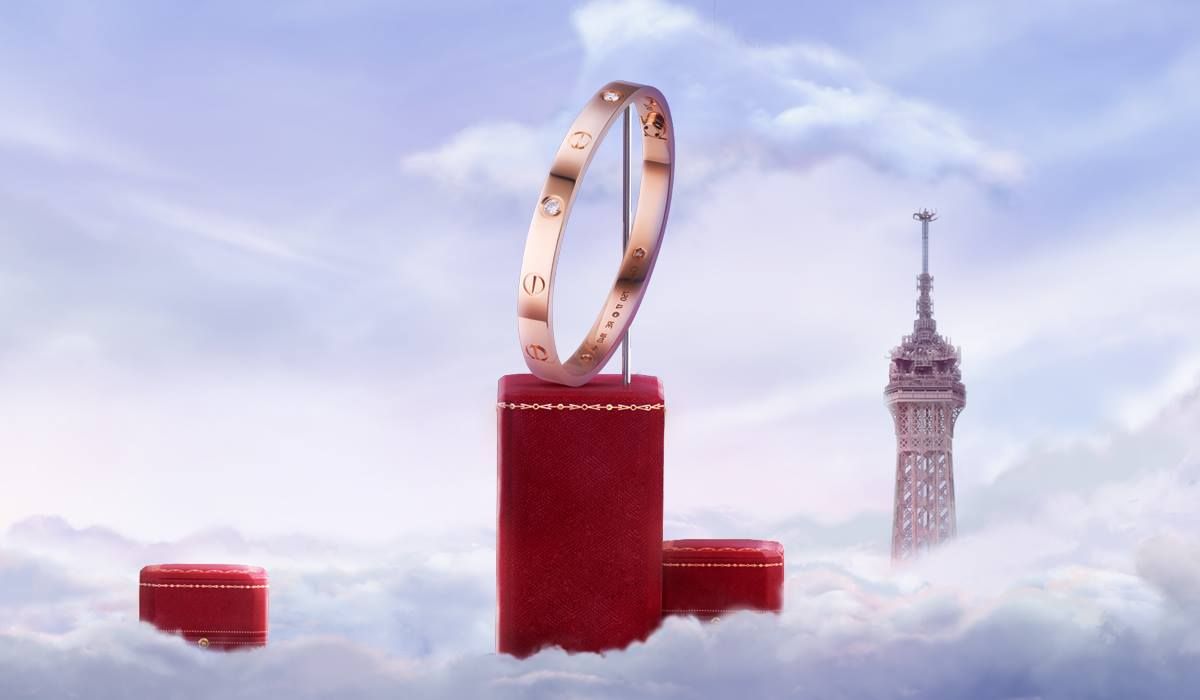

The celebrity endorsements didn’t stop there, with Louis’ friend Alberto Santos-Dumont commissioning a watch to wear while piloting his lighter-than-air dirigible. Santos-Dumont’s celebrity status made the wrist-worn watch, uncommon at the time, a must-have fashion accessory among men.


A stint on the Western Front inspired Louis to design a watch based on the Renault FT tanks he’d seen in action, turning the profile of a war machine into something beautiful: the Cartier Tank, one of the brand’s most successful timepieces.


A commission for the Pacha of Marrakech followed, a waterproof watch that could be worn while swimming. The canteen crown design became the publicly available Cartier Pasha, another icon of Cartier’s past. Perhaps Louis’ most iconic creation was the triple gold Trinity ring, woven in three filaments of red, white and yellow gold.
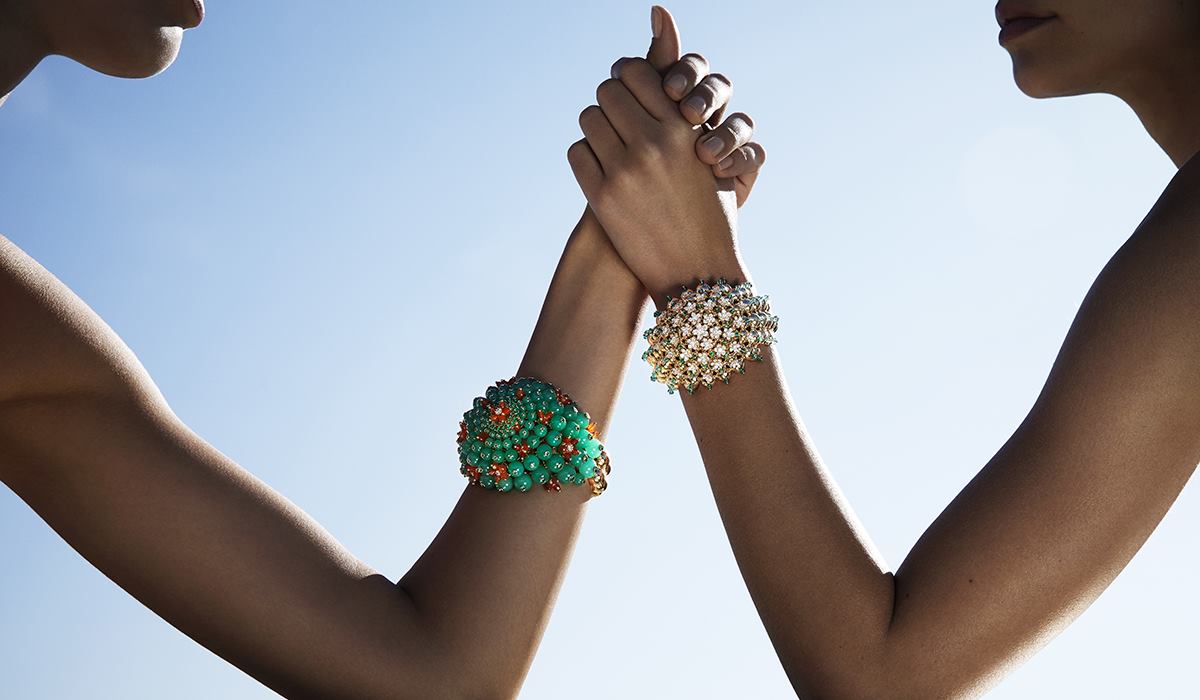
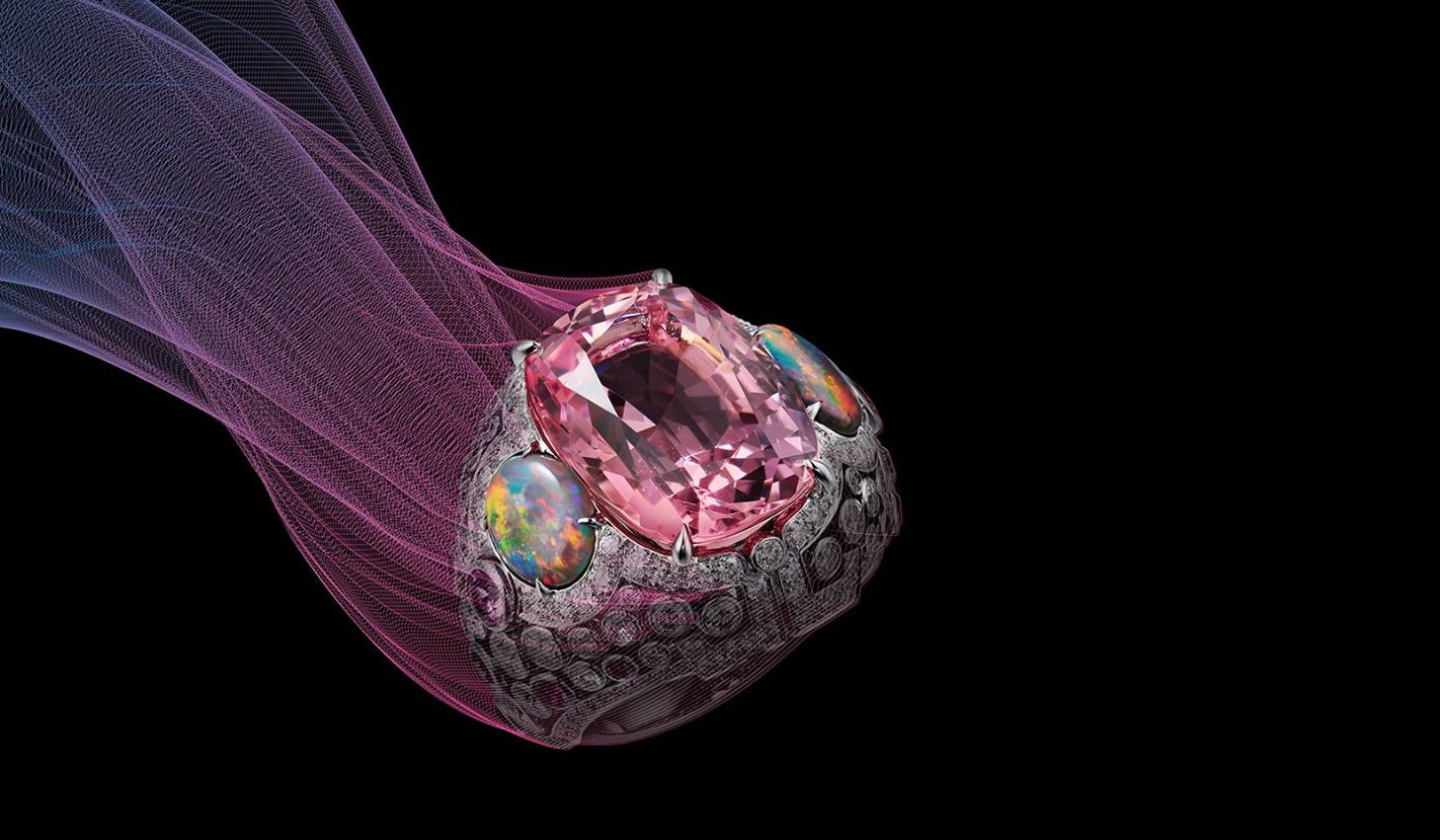
Louis’ death in 1942 brought about a sad time for Cartier. His ideas and imagination grew the brand into what it is today, but fortunately it can be said that his passing did not mark the end of Cartier’s creative run.
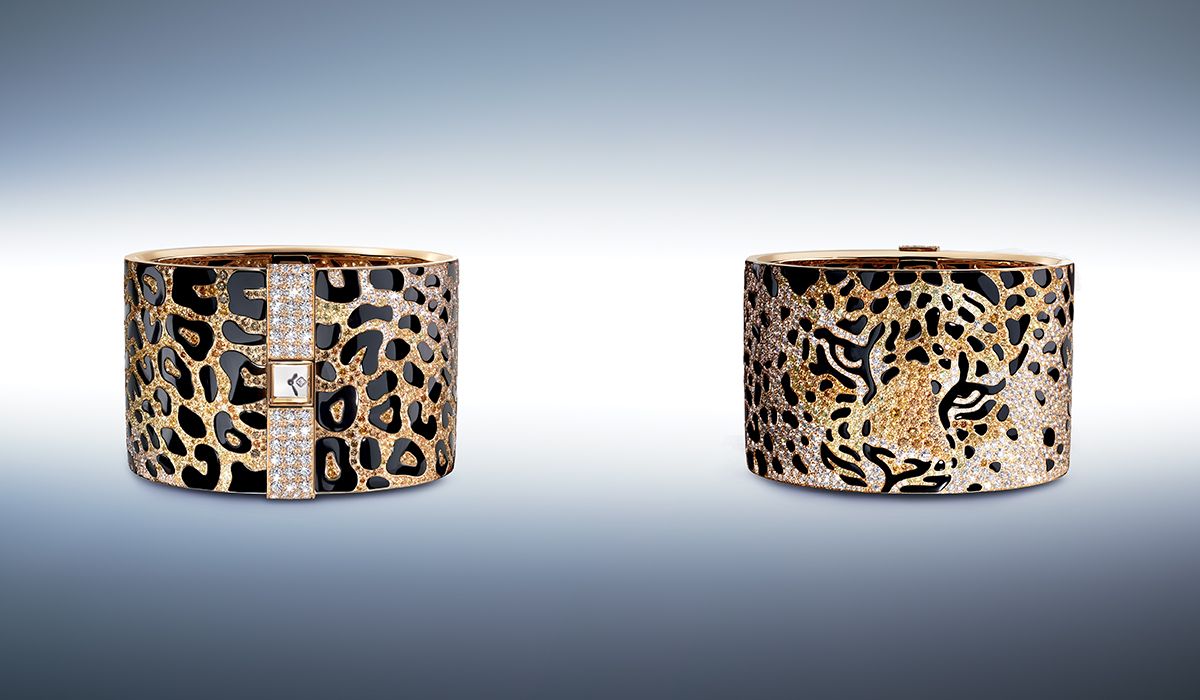

Thanks to the inspiration of Alain Dominique Perrin and Jeanne Toussaint, Cartier continued to flourish, introducing the almighty Panther—a symbol of Cartier—into the jewellery and watch line.


Still today Cartier continues to push boundaries and challenge perceptions with its Concept ID collection.


Utilising a completely transparent ceramic case sealed from the air to reduce resistance on moving parts, the Concept ID Two is a watch that could well have come from the future.

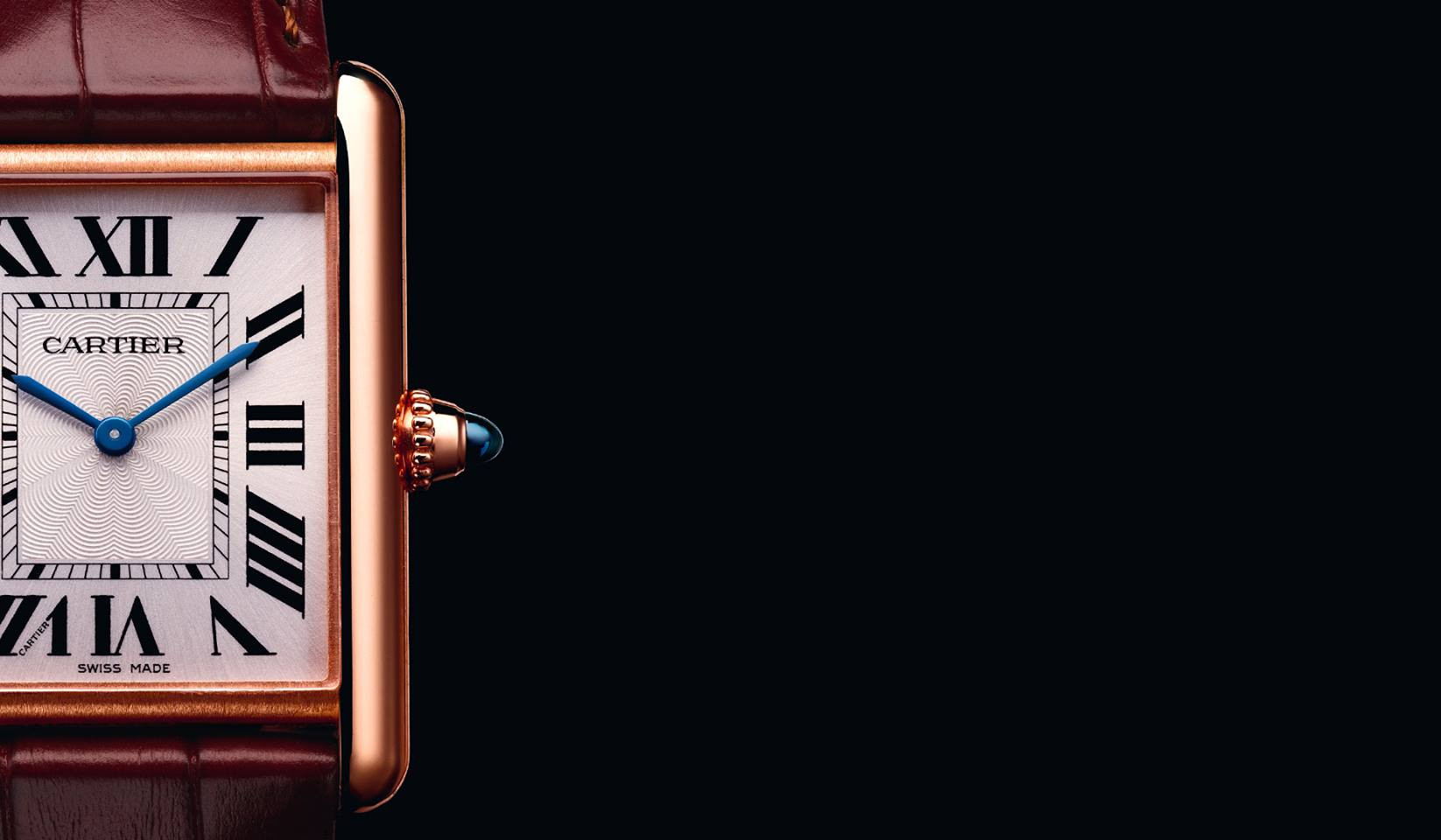
Its titanium movement is manufactured with such precision that lubricating oils are no longer needed, and its fibreglass mainsprings and carbon crystal balance are resistant to magnetic fields.


It’s a fine example of how this artisanal jeweller and watchmaker has continued to astound audiences for almost two centuries, and it’s showing no signs of slowing down.


A lot has been said about the Cartier look, and how exquisite and breathtaking it is. The coveted brand has been on the wish list of many around the world.

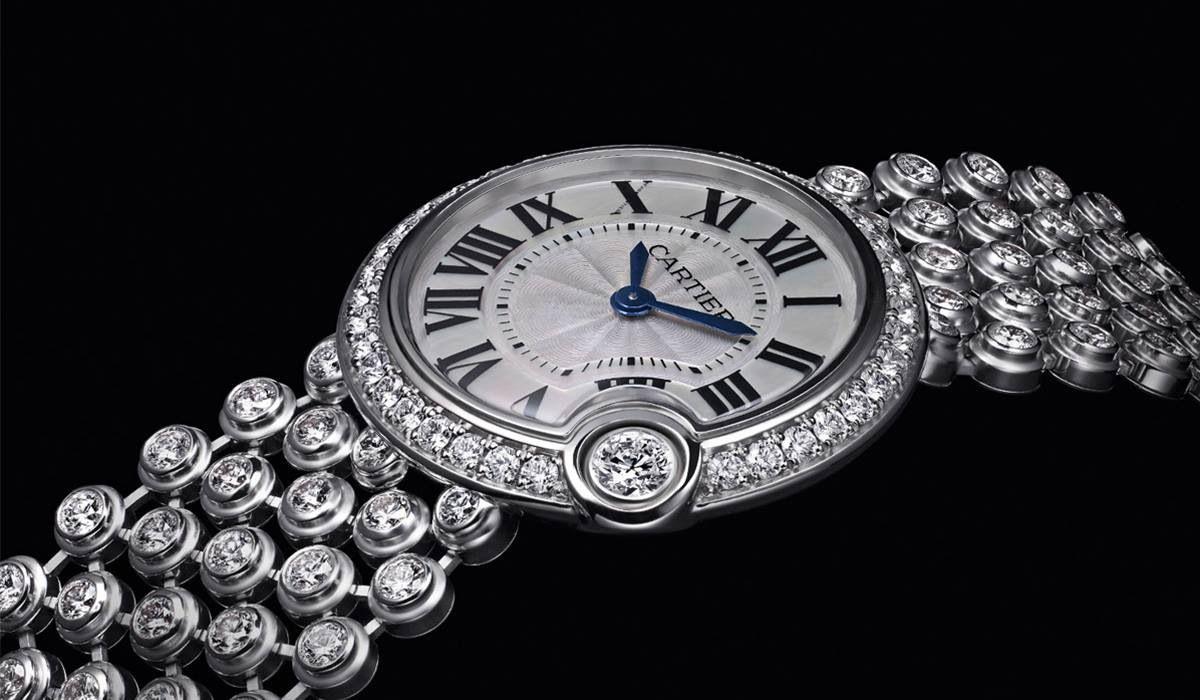
Adored by royalty and celebrated individuals, it symbolizes pure excellence. Cartier has a fabulous lineage of watchmaking, precious accessories, and fine jewellery that has grasped international attention of the rich and famous.


Products Cartier Vintage
Cartier Vintage
Jeweler of The Kings, King of Jewelers

History


Taking over his master’s workshop, Louis-François Cartier founded Cartier in 1847.


With the rise of the Second Empire, Cartier’s business grew over a decade, with the opening of the first Cartier boutique in 1859.


Louis-François’ son Alfred then took over the business, moving it to the prestigious rue de la Paix in the jewellery district of Paris. Alfred’s own sons expanded the Cartier brand overseas, to London and New York.


Alfred’s third son remained behind in Paris to continue the growth of Cartier at home. His revolutionary ideas, such as using platinum in jewellery, earned Cartier the title of ‘Jeweller of Kings, King of Jewellers’ from King Edward VII.


The celebrity endorsements didn’t stop there, with Louis’ friend Alberto Santos-Dumont commissioning a watch to wear while piloting his lighter-than-air dirigible. Santos-Dumont’s celebrity status made the wrist-worn watch, uncommon at the time, a must-have fashion accessory among men.


A stint on the Western Front inspired Louis to design a watch based on the Renault FT tanks he’d seen in action, turning the profile of a war machine into something beautiful: the Cartier Tank, one of the brand’s most successful timepieces.


A commission for the Pacha of Marrakech followed, a waterproof watch that could be worn while swimming. The canteen crown design became the publicly available Cartier Pasha, another icon of Cartier’s past. Perhaps Louis’ most iconic creation was the triple gold Trinity ring, woven in three filaments of red, white and yellow gold.


Louis’ death in 1942 brought about a sad time for Cartier. His ideas and imagination grew the brand into what it is today, but fortunately it can be said that his passing did not mark the end of Cartier’s creative run.


Thanks to the inspiration of Alain Dominique Perrin and Jeanne Toussaint, Cartier continued to flourish, introducing the almighty Panther—a symbol of Cartier—into the jewellery and watch line.


Still today Cartier continues to push boundaries and challenge perceptions with its Concept ID collection.


Utilising a completely transparent ceramic case sealed from the air to reduce resistance on moving parts, the Concept ID Two is a watch that could well have come from the future.


Its titanium movement is manufactured with such precision that lubricating oils are no longer needed, and its fibreglass mainsprings and carbon crystal balance are resistant to magnetic fields.


It’s a fine example of how this artisanal jeweller and watchmaker has continued to astound audiences for almost two centuries, and it’s showing no signs of slowing down.


A lot has been said about the Cartier look, and how exquisite and breathtaking it is. The coveted brand has been on the wish list of many around the world.


Adored by royalty and celebrated individuals, it symbolizes pure excellence. Cartier has a fabulous lineage of watchmaking, precious accessories, and fine jewellery that has grasped international attention of the rich and famous.


Products Cartier Vintage
-
Cartier Vintage - 18K Maillon Panthere Ring - Cartier Ring in Silver - Luxury...
The Maillon Panthere Ring features an 18K white gold hardware. Weight about 4.0 g.
1 310,00 € -
Cartier Vintage - Must de Cartier Leather Shoulder Bag - Blue - Leather...
This shoulder bag features a leather body, an adjustable flat leather strap, a front flap with magnetic closure, and interior open pockets.
935,00 € -
Cartier Vintage - Must de Cartier Leather Backpack - Red Burgundy - Leather...
The Must De Cartier backpack features a leather body, flat leather straps, a front flap with turnlock closure, and an interior zip pocket.
905,00 € -
Cartier Vintage - Stainless Steel Tank Basculante Quartz Watch W1011158 -...
The Tank Basculante watch features a stainless steel case, a leather strap, and quartz movement.
4 300,00 € -
Cartier Vintage - Diamond DAmour Ring - Cartier Ring in Yellow Gold 18k -...
The DAmour ring features a diamond set in an 18K gold hardware.
4 400,00 € -
Cartier Vintage - Diamond Ring - Cartier Ring in Platinum with Diamonds -...
This ring features a diamond set in platinum hardware. Weight about 2.8g.
1 900,00 € -
Cartier Vintage - Panthere Leather Handbag - Black - Cartier Handbag in...
This handbag features a leather body, a rolled leather top handle, and a front flap with magnetic snap closure.
1 500,00 € -
Cartier Vintage - C De Cartier Diamond Ring - Cartier Ring in White Gold with...
This ring features diamonds set in silver hardware. 7.6 g.
2 895,00 € -
Cartier Vintage - Mink Fur Marcello de Cartier Tote - Brown Beige - Cartier...
This Marcello tote features a leopard print fur body with leather trim, flat leather handles, a top zip closure, and interior zip and slip pockets.
1 880,00 € -
Cartier Vintage - Diamond Lanieres Ring - Cartier Ring in White Gold and...
This ring features a diamond set in ridged 18K white gold hardware.
2 400,00 € -
Cartier Vintage - Pasha C Automatic Watch W31074M7 - Cartier Watch in...
The Pasha C watch features a stainless steel case and strap, and automatic movement.
6 300,00 € -
Cartier Vintage - Diamond Symbols Necklace - Cartier Necklace in White Gold...
This necklace features an 18k white gold chain, a diamond encrusted cross pendant, and a lobster claw closure.
4 800,00 € -
Cartier Vintage - Diamond Love Ring - Cartier Ring in Yellow Gold 18k -...
The Love ring features a diamond set in engraved 18K yellow gold hardware. Weight about 4.8 g
3 750,00 € -
Cartier Vintage - Trinity Necklace - Cartier Necklace in White Gold 18k -...
The Trinity necklace features 18K yellow, white, and rose gold interlocking bands, an 18K yellow gold neck chain, and a lobster claw closure. Weight about 4.3 g.
2 560,00 € -
Cartier Vintage - 18K Love Ring - Cartier Ring in Gold 18K - Luxury High Quality
The Love Ring features an 18 K gold body.
1 650,00 € -
Cartier Vintage - Marcello de Cartier Leather Handbag - Red Burgundy -...
This Marcello handbag features a leather body, a back exterior zip pocket, flat leather handles, a top zip closure, and an interior zip pocket.
1 800,00 € -
Cartier Vintage - Santos de Cartier Travel Alarm Clock - Silver Black -...
The Santos de Cartier Travel clock features a stainless steel and leather case, and quartz movement.
1 295,00 € -
Cartier Vintage - Leather C de Cartier International Wallet - Beige - Patent...
The C de Cartier wallet features a leather body with a silver-tone hardware, a zip around closure, and interior zip and slip pockets.
1 300,00 € -
Cartier Vintage - Love Leather Belt - Beige Gold - Cartier Belt in Leather -...
The Love belt features a flat leather strap and a peg-in-hole buckle closure.
785,00 € -
Cartier Vintage - Printer Silk Scarf - Red Cartier Scarf in Silk - Luxury...
This scarf features a print on 100 % silk.
320,00 € -
Cartier Vintage - Happy Birthday Shoulder Bag - Red Burgundy - Cartier...
This shoulder bag features a patent leather body, a flat shoulder strap, an open top, a front flap with exterior zip pocket, and an interior slip and zip pocket.
875,00 €










